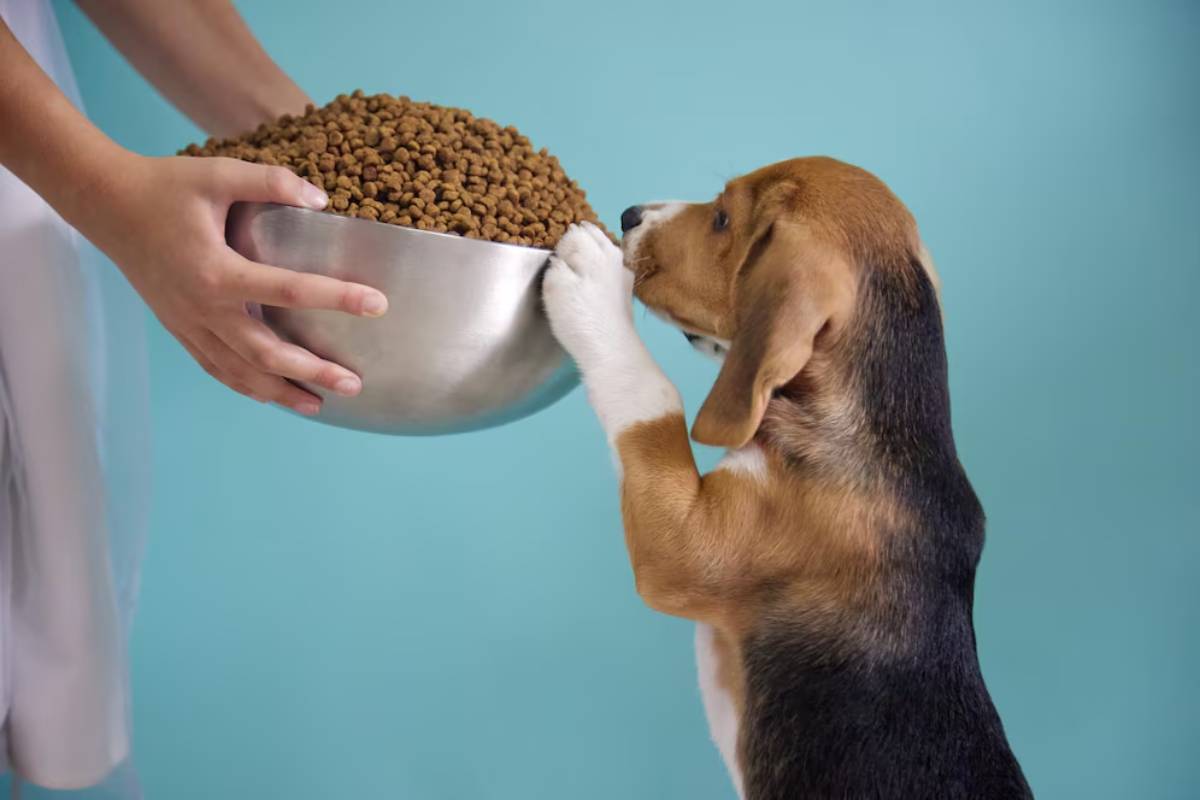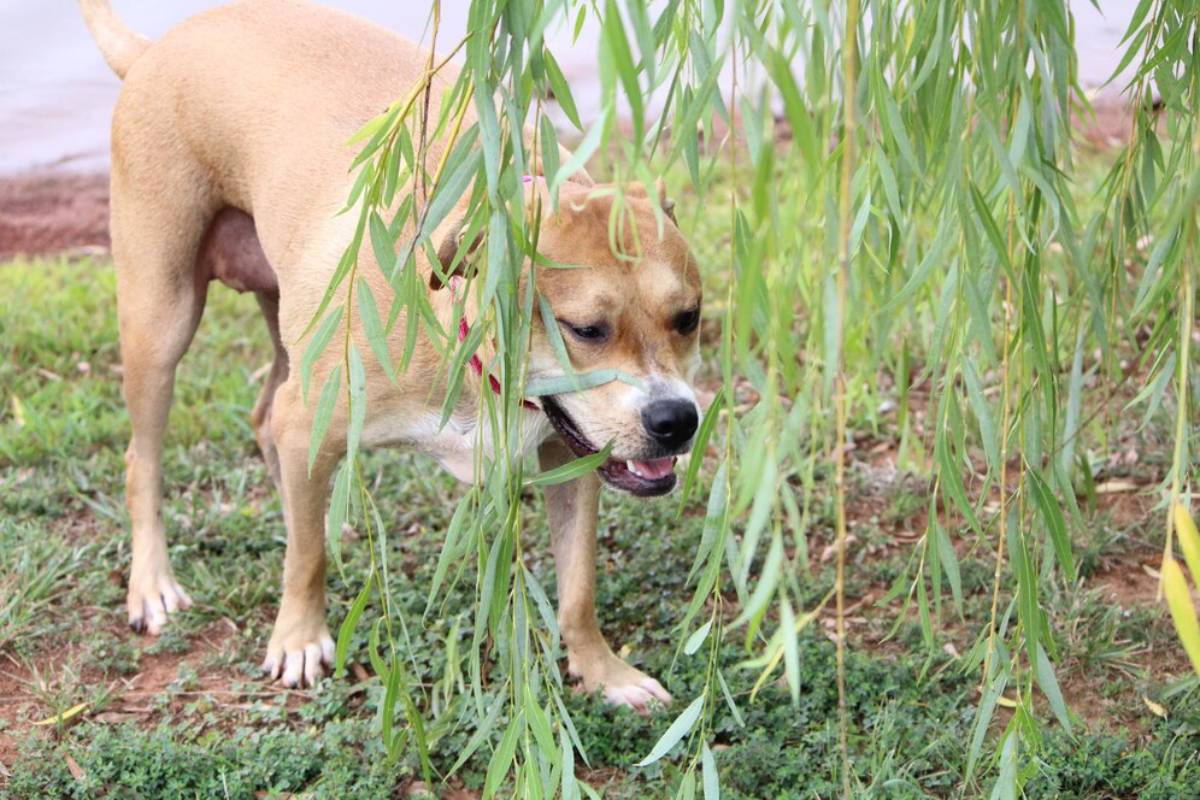
Grain-Free Pet Diets: Are They Right for Your Pet?
In recent years, grain-free pet food has become a buzzword in the world of pet care; many brands now offer grain-free options, promising better digestion, shinier coats, and more energy. But are these claims backed by science—or are they just another trend?
As a pet owner, choosing the right food can feel overwhelming; you want to do what’s best for your furry friend, but with so many labels and opinions, it’s hard to know what truly matters.
In this post, we’ll explore what grain-free diets really mean, how they affect dog diet and cat nutrition, and whether they’re the right choice for your pet.
What Is Grain-Free Pet Food?
Grain-free pet food is simply pet food that doesn’t include grains like:
- Wheat
- Corn
- Rice
- Barley
- Oats
- Rye
Instead, these foods often use alternative carbohydrate sources such as:
- Peas
- Lentils
- Potatoes
- Chickpeas
- Sweet potatoes
Grain-free diets are usually marketed as more “natural” or better for pets with sensitivities, but the full story is a bit more complicated.

Why Pet Owners Choose Grain-Free Diets
There are several reasons why grain-free has become popular with pet owners.
Common motivations include:
- Belief that pets are carnivores: Some think dogs and cats should only eat meat
- Concerns about food allergies or sensitivities
- Desire to mimic ancestral diets
- The perception that grains are “fillers” with no real benefit
- Marketing messages promoting grain-free as premium or healthier
But are these reasons supported by science and veterinary advice, let’s dig deeper.
Dogs and Grains: What You Need to Know

Dogs are omnivores, which means they can eat both plant—and animal-based foods. Over thousands of years of domestication, dogs have evolved to digest grains quite well.
Key facts about dogs and grains:
- Whole grains offer fibre, vitamins, and minerals
- Grains are not inherently harmful unless a dog has a rare allergy
- Most food allergies in dogs are to animal proteins—not grains
- Grain-free doesn’t automatically mean healthier
Grains can be part of a balanced, nutritious dog diet, especially when whole grains like brown rice or oatmeal are included.
Cats and Grains: The Carnivore Question
Cats are obligate carnivores. They need meat to survive and thrive. Unlike dogs, they rely heavily on animal proteins for energy and nutrients.
So where do grains fit into cat nutrition?
- Cats can digest small amounts of grain, but they don’t need it
- High-protein, meat-based diets are more aligned with their biology
- Some grain-containing cat foods are still very nutritious
- Grain-free options can be suitable but look for high animal protein content
When choosing food for your cat, focus more on the quality and quantity of meat than whether or not it contains grains.
Are Grains Bad for Pets?
In most cases, no—grains are not bad for dogs or cats. They often get a bad reputation due to confusion between food allergies, fillers, and low-quality ingredients.
Important points to consider:
- True grain allergies are rare in both dogs and cats
- Corn and wheat can cause issues for some pets, but not all
- Whole grains (like oats and brown rice) are healthy and digestible
- “Filler” doesn’t mean bad—it depends on the food’s overall quality
Just because a food is grain-free doesn’t mean it’s better. The full ingredient list and nutritional balance matter more.
The FDA Investigation and Heart Health Concerns
In 2018, the U.S. Food and Drug Administration (FDA) began investigating a possible link between grain-free pet food and a heart condition in dogs called dilated cardiomyopathy (DCM).
Many of the reported cases involved diets high in legumes (like peas or lentils) and low in traditional grains. The concern is that these ingredients might interfere with taurine—a nutrient vital for heart health.
What we know so far:
- The link is still being studied
- Taurine deficiency is a known cause of DCM in some breeds
- Not all dogs on grain-free diets develop DCM
- Some dogs improved after switching to a grain-inclusive food
This investigation doesn’t mean all grain-free foods are harmful—but it’s a reminder to choose pet foods carefully and stay informed.
When a Grain-Free Diet Might Be Right
Grain-free isn’t always bad. For some pets, it can be a helpful solution.
It may be a good fit if your pet:
- Has been diagnosed with a grain allergy (confirmed by a vet)
- Has digestive issues that improve on a grain-free formula
- Needs a special diet for other health reasons
Even then, it’s important to choose a well-balanced formula from a trusted brand. Work closely with your vet to find the right food for your pet’s unique needs.
Choosing the Right Food for Your Pet
The best food for your pet isn’t necessarily grain-free or grain-inclusive—it’s the one that supports their overall health and meets their nutritional needs.
Tips for choosing the right food:
- Choose meat as the first ingredient
- Make sure it follows the AAFCO nutrition guidelines
- Select complete and balanced formulas
- Avoid medication colours and unnamed meat sources
- If your pet has a medical condition, speak with your vet before making any dietary changes
Labels should be read carefully, and overall quality matters more than any buzzword.
Final Thoughts: Grain-Free Isn’t One-Size-Fits-All
Grain-free diets are all the rage for good reason, but they’re not the same solution for everyone. Some furry companions do quite well on grain-free pet food, and others fare better on grain-inclusive hearty options — the key is in understanding your pet’s specific biology, health history and nutritional needs.
For your dog’s dining delights or cat’s culinary needs, there’s no one-size-fits-all recipe. The secret ingredient? Evenly good food from a top-quality menu. It feeds their bliss, sustains their health, and keeps them vitality-bound.